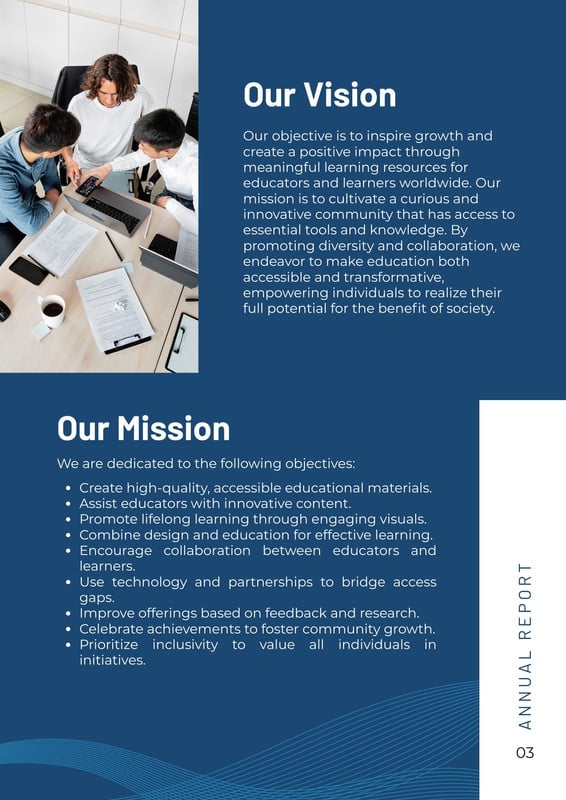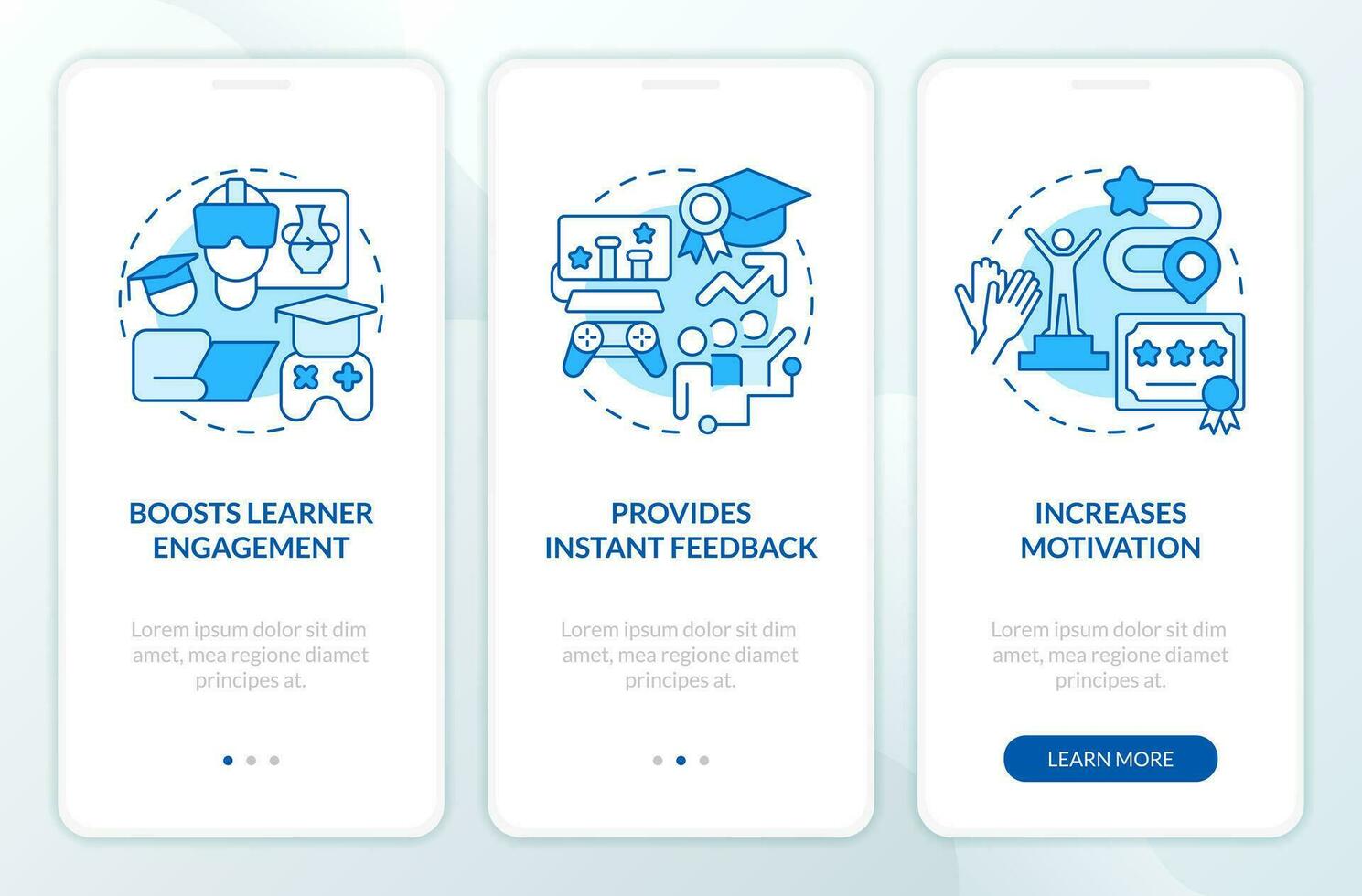Effective Curriculum Implementation Strategies: A Comprehensive Guide for School Leaders



- Alignment with educational goals and standards
- Teacher training and professional development
- Resource allocation and support
- Assessment and evaluation mechanisms
- Continuous improvement and adaptation
Component | Description | Importance |
|---|---|---|
Curriculum Design | The structure and content of the learning program. | Provides a roadmap for instruction and learning. |
Teacher Training | Professional development to equip teachers with the skills and knowledge. | Ensures teachers are prepared to deliver the curriculum effectively. |
Resource Allocation | Distribution of materials, technology, and support services. | Provides teachers and students with the tools they need to succeed. |
Assessment | Methods for measuring student learning and progress. | Provides feedback and identifies areas for improvement. |
Evaluation | Process of assessing the overall effectiveness of the curriculum. | Informs future revisions and improvements. |
Component | Description | Importance |
|---|---|---|
Curriculum Design | The structure and content of the learning program. | Provides a roadmap for instruction and learning. |
Teacher Training | Professional development to equip teachers with the skills and knowledge. | Ensures teachers are prepared to deliver the curriculum effectively. |
Resource Allocation | Distribution of materials, technology, and support services. | Provides teachers and students with the tools they need to succeed. |
Assessment | Methods for measuring student learning and progress. | Provides feedback and identifies areas for improvement. |
Evaluation | Process of assessing the overall effectiveness of the curriculum. | Informs future revisions and improvements. |

- Establish a diverse and representative implementation team
- Clearly define roles and responsibilities for each team member
- Foster open communication and collaboration
- Provide ongoing support and resources to team members
- Encourage shared ownership and accountability
Team Member | Role | Responsibilities |
|---|---|---|
Principal | Leader | Oversees implementation, provides resources, and supports the team. |
Teachers | Implementers | Deliver the curriculum in the classroom and provide feedback. |
Curriculum Specialist | Advisor | Provides expertise on curriculum design and instructional strategies. |
Parents | Partners | Provide input on curriculum needs and support student learning at home. |
Students | Participants | Provide feedback on their learning experiences and contribute to curriculum improvement. |
Team Member | Role | Responsibilities |
|---|---|---|
Principal | Leader | Oversees implementation, provides resources, and supports the team. |
Teachers | Implementers | Deliver the curriculum in the classroom and provide feedback. |
Curriculum Specialist | Advisor | Provides expertise on curriculum design and instructional strategies. |
Parents | Partners | Provide input on curriculum needs and support student learning at home. |
Students | Participants | Provide feedback on their learning experiences and contribute to curriculum improvement. |

- Conduct needs assessments to identify training gaps
- Develop targeted training programs based on needs assessments
- Provide ongoing support and mentoring to teachers
- Incorporate best practices in adult learning
- Evaluate the effectiveness of training programs
Training Topic | Description | Importance |
|---|---|---|
Curriculum Content | In-depth understanding of the curriculum's scope and sequence. | Ensures teachers have a strong foundation in the subject matter. |
Instructional Strategies | Effective teaching methods to engage students and promote learning. | Provides teachers with a toolkit of techniques to deliver the curriculum effectively. |
Assessment Methods | Techniques for measuring student learning and providing feedback. | Enables teachers to monitor student progress and adjust instruction accordingly. |
Differentiation | Strategies for adapting instruction to meet diverse student needs. | Ensures all students have access to a high-quality education. |
Classroom Management | Techniques for creating a positive and productive learning environment. | Fosters a conducive atmosphere for learning and minimizes disruptions. |
Training Topic | Description | Importance |
|---|---|---|
Curriculum Content | In-depth understanding of the curriculum's scope and sequence. | Ensures teachers have a strong foundation in the subject matter. |
Instructional Strategies | Effective teaching methods to engage students and promote learning. | Provides teachers with a toolkit of techniques to deliver the curriculum effectively. |
Assessment Methods | Techniques for measuring student learning and providing feedback. | Enables teachers to monitor student progress and adjust instruction accordingly. |
Differentiation | Strategies for adapting instruction to meet diverse student needs. | Ensures all students have access to a high-quality education. |
Classroom Management | Techniques for creating a positive and productive learning environment. | Fosters a conducive atmosphere for learning and minimizes disruptions. |

- Establish a system for collecting data on student learning
- Regularly review data with teachers and stakeholders
- Identify areas for improvement and develop action plans
- Celebrate successes and recognize teacher efforts
- Foster a culture of data-driven decision-making
Data Source | Type of Data | Purpose |
|---|---|---|
Student Assessments | Test scores, grades, portfolios | Measure student learning and identify areas of strength and weakness. |
Teacher Observations | Classroom observations, lesson plans | Assess teacher practices and provide feedback. |
Surveys | Teacher, student, and parent surveys | Gather feedback on the curriculum implementation process. |
Focus Groups | Discussions with teachers, students, and parents | Explore specific issues and gather in-depth insights. |
Curriculum Audits | Review of curriculum materials and alignment with standards | Ensure the curriculum is aligned with learning objectives and standards. |
Data Source | Type of Data | Purpose |
|---|---|---|
Student Assessments | Test scores, grades, portfolios | Measure student learning and identify areas of strength and weakness. |
Teacher Observations | Classroom observations, lesson plans | Assess teacher practices and provide feedback. |
Surveys | Teacher, student, and parent surveys | Gather feedback on the curriculum implementation process. |
Focus Groups | Discussions with teachers, students, and parents | Explore specific issues and gather in-depth insights. |
Curriculum Audits | Review of curriculum materials and alignment with standards | Ensure the curriculum is aligned with learning objectives and standards. |








